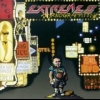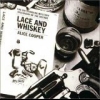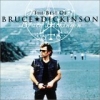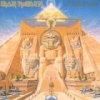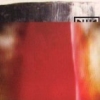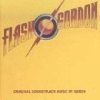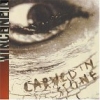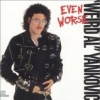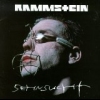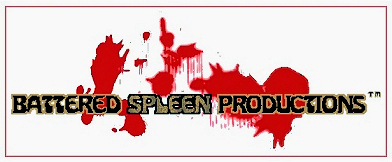Location Location Location
What is true in real estate is just as much if not more important in the creation of horror films, and horror stories in general. The setting of a story, the location in which all of the action takes place, can make or break your story. It's all about location location location.
A lot of stories (and when I say stories I mean not only books, but movies too) use their locations to flavour the story and provide the reader a frame of reference to place the characters and plot in. Mobsters in Chicago have a distinctly different feel than mobsters in Moscow. Part of it is the way that each group acts, it's traditions, modes of operation, way of speaking. Most of it though is where they are, the image the reader has of the streets and buildings, the people that aren't mentioned specifically, and the general weather for that area.
In a horror story these inferences are vital to maintaining the atmosphere, keeping the reader's suspension of disbelief, and being another character that the writer can use to manipulate the reader. That is what the setting has to be in a good horror story, a character. Boston feels completely different than Los Angeles. A haunted farmhouse is more believable than a haunted strip-mall. An antagonist who lives in a posh mansion gives the reader more to hate when he kills homeless people, than if he was homeless himself.
One of the most popular locations to set a horror story is in one of the New England States. These States have expansive histories full or murder, mayhem, and war. They have to this day vast tracts of wilderness, old old forests, and they have small communities that are essentially stuck in the middle of these no-wheres. There is something almost primeval about some of these places and there is a timelessness that accompanies that. You expect that maybe quietly, unannounced, there are still witches being burned at the stake. Or that the restless spirit of a slain Native American shaman is stalking his murderer's descendants.
The settings and locations need not be places, they can sometimes be objects; common things like cars, or uncommon things like spaceships. These locations especially can be like characters in the story. The car in Christine is the antagonist of the story as well as being the place where important things happen such as Arnie's girlfriend choking on a burger. The ship the Event Horizon in the movie of the same name is a creepy cold mass of heartless metal that drives the tension in the story as much as the dark force which is contained within it.
They can also be set pieces such as the speed ironer at a backwater industrial laundry. You have a cold, damp, dark place full of crashing and clanging that would set many people on edge during the day with all of the lights on and there right in the middle of it sits this absolutely huge crouching, blister encrusted machine. This machine sucks in sheets faster than kids with spaghetti, spins them through itself, heating and pressing them, and spits them out and folds them into tight squares. They can also be things of great beauty, even symbols of life such as a radiant glowing tree dropping blossoms to the cracked and crumbled asphalt of a war devastated city centre. Below it a great depravity takes place, enhanced by the vibrant presence of this contrary image presented by the tree.
No matter what the setting it must be incorporated into the story thematically, complimenting the plot, accentuating the characters, and maintaining the feel, the horror of the story. This does not mean that it has to be blatant, that it be creepy in of itself even. It can be subtle, especially so in film where nuances such as colour, texture, and light level can influence the story as well as the viewers perceptions. So, next time you are reading a novel or catching a movie linger a little longer on the descriptions or look at the walls and scenes/vistas behind the actors, there are important things to be found there.
© 2001 Robert G. Male
Mood: upbeat.
Music: Poison Apples by Motely Crue and Believe Me by Moist.
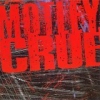 | Buy these at Amazon.ca Click Images to Buy | 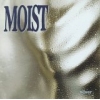 |

